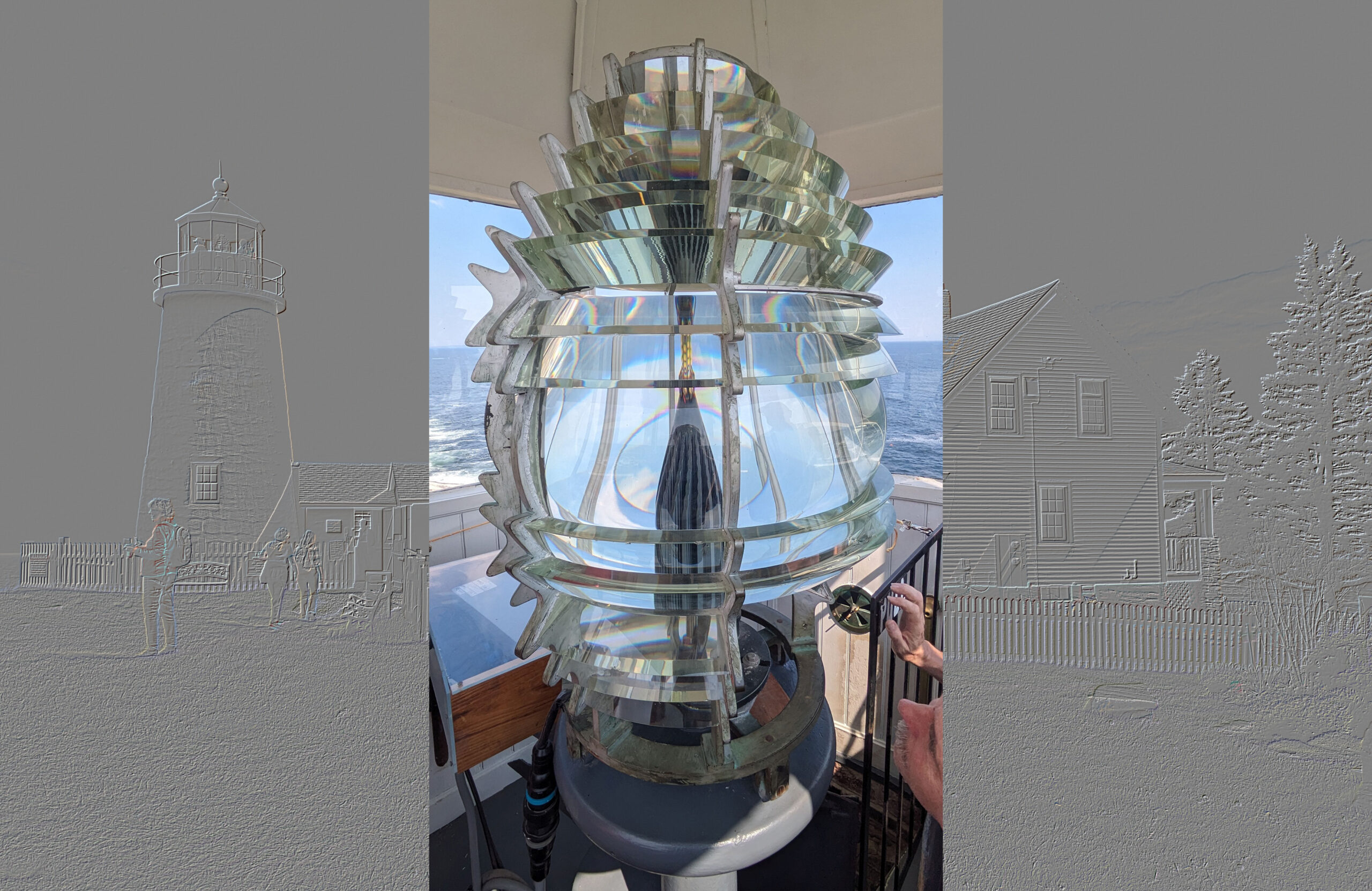
[Image above] Swiss luxury watchmaker Hublot spent two years developing the first purple sapphire case, which they unveiled at the Watches and Wonders Geneva fair in March 2022. Credit: Hublot, YouTube
Materials serve as a market differentiator for luxury watches, and ceramics are one material class that is quite popular. The likes of Rado (part of the Swatch Group), Hublot, Omega, Seiko, and Rolex—to name a few—have all jumped on the ceramics bandwagon. The watchmakers take advantage of the unique properties of ceramics (usually zirconia), including:
- High hardness for excellent scratch resistance,
- High-temperature resistance (colors will not fade),
- Lightweight,
- Hypoallergenic (contains no metals),
- Good oxidation and corrosion resistance, and
- Smooth surface (gentle on the skin and pleasant to touch).
The brittleness of ceramics is one major disadvantage. If dropped on a hard surface, the watch can crack or chip, requiring a complete replacement of the damaged part.
Ceramic watches come in a wide variety of price points, from three figures up to six. Most luxury brands fall into the four-figure range.
A brief history
Ceramics have been used as a case material for watches since the Rado Diastar, dubbed the first scratch-resistant watch, came out in 1962. It was made from tungsten carbide and sapphire crystal. Since then, other developments in ceramic watches include:
- 1973. Omega begins developing a cermet material combining alumina and tungsten carbide, which features in the Seamaster line of watches issued in 1982.
- 1986. IWC Da Vinci is the first luxury watch made with a ceramic case and ceramic perpetual calendar chronograph.
- 1990. Rado’s Ceramica brand premieres, one of the first watches in the world to have a bracelet, crown, and case made entirely of ceramic.
- 2000. Chanel introduces its J12 glossy black model, the first watch with a full ceramic case, bezel, and bracelet.
- Early 2000s. Richard Mille creates new case materials made from carbon fiber and sapphire.
- 2005. Rolex’s GMT Master II uses a patented ceramic called Cerachrom, a scratch-proof ceramic with a diamond polished surface, now used in all their professional watches.
- 2013. Rolex creates a ceramic bezel with two colors, produced as a single piece, for its GMT Batman.
- 2014. Omega’s Dark Side of the Moon watch is made from black zirconia, including the dial, crown, buckle, and pushers.
- 2017. IWC Schaffhausen unveils a new material called Ceratanium in their watches, which is a titanium alloy that features a ceramic-like surface thanks to a special manufacturing process.
All-ceramic watches are now common, with ceramic dials often protected by clear or smoked sapphire glass. While white and black ceramics remain the most common colors—particularly black because it is more resistant to fading and wear—the color palette has expanded to dark green, bright red, lemon yellow, and pale blue as well. Pastel colors (blue, pink, lavender) are available using tetragonal zirconia polycrystal.
New materials and processes
A typical process for fabricating ceramic watches involves pressing ceramic powder into the desired shape, adding pigments to create different colors, then sintering the preformed ceramic at a high temperature. The densified ceramic is then milled into the final shape and polished.
Rado uses injection molding for its zirconia watches. The polymer binder is removed using a chemical process and then the parts are sintered at 1,450°C, with a shrinkage around 23%. The finished parts are fully dense and reach a hardness of 1,250 Vickers. The parts are then machined with a diamond wheel to achieve the final dimensions. The final polishing step achieves a high-gloss finish, which can take several days.
Rado also applies a patented plasma carburizing process to finished white parts. Plasma gases at 20,000°C produce a chemical reaction that changes the composition of the ceramic surface, transforming its color from white to a metallic grey. This process can be further adjusted to achieve different colors, shades, or brilliance.
To achieve a rose gold-colored and fade-resistant finish, Rado’s proprietary Ceramos material combines 90% ceramic and 10% metal alloy, which is injected at high pressure into a precision mold before being sintered to achieve its final hardness. Hublot’s Magic Gold, which meets the Swiss standard for 18K gold material (75% pure gold), is made by injecting molten 24K gold into the ceramic’s pores under high pressure.
In 2020, Roger Dubuis unveiled a proprietary mineral composite fiber, a pure-white material engineered from 99.95% silica using a sheet molding compound process. A watch case made from the resulting material claims to be 2.5 times lighter in weight than traditional ceramic and 13% lighter than carbon made from the same process.
Cases made entirely of industrial sapphire exist as well, though yields are low during the milling process because of cracking problems. Purple sapphire is another new case material, which took Hublot two years to develop.
Author
Laurel Sheppard
CTT Categories
- Education
- Material Innovations


